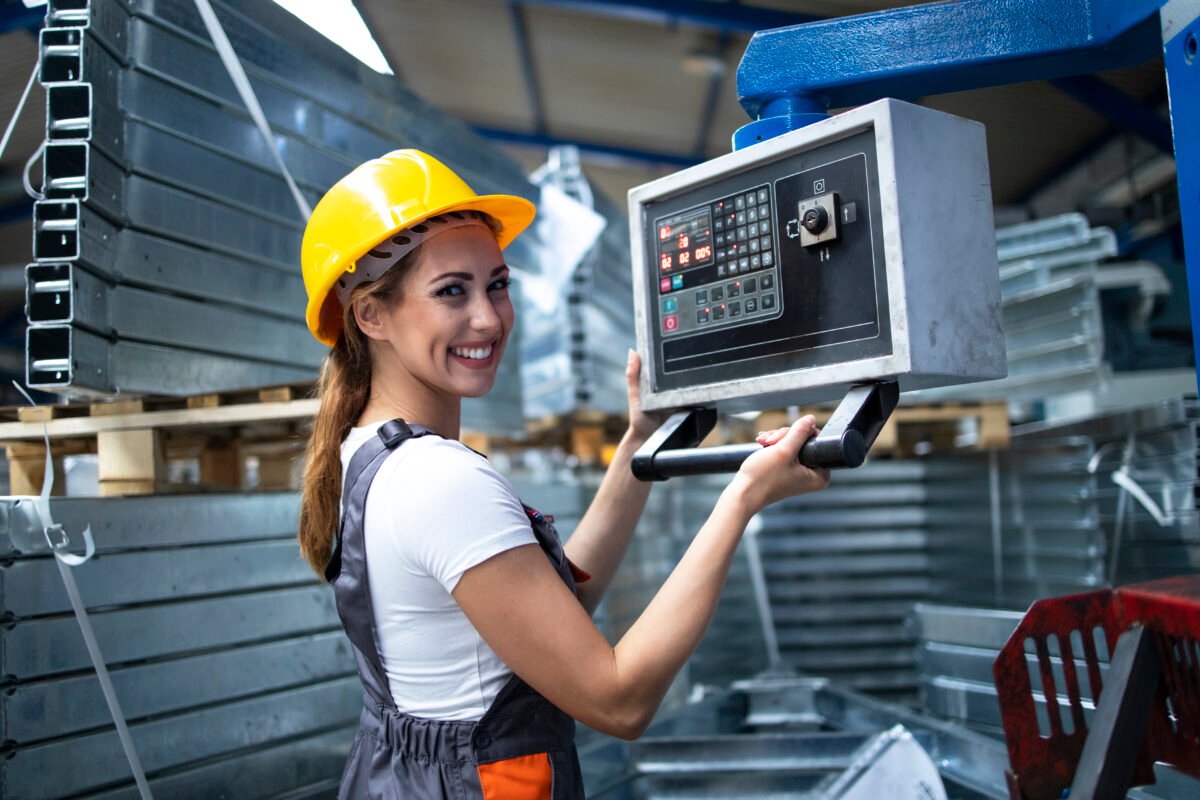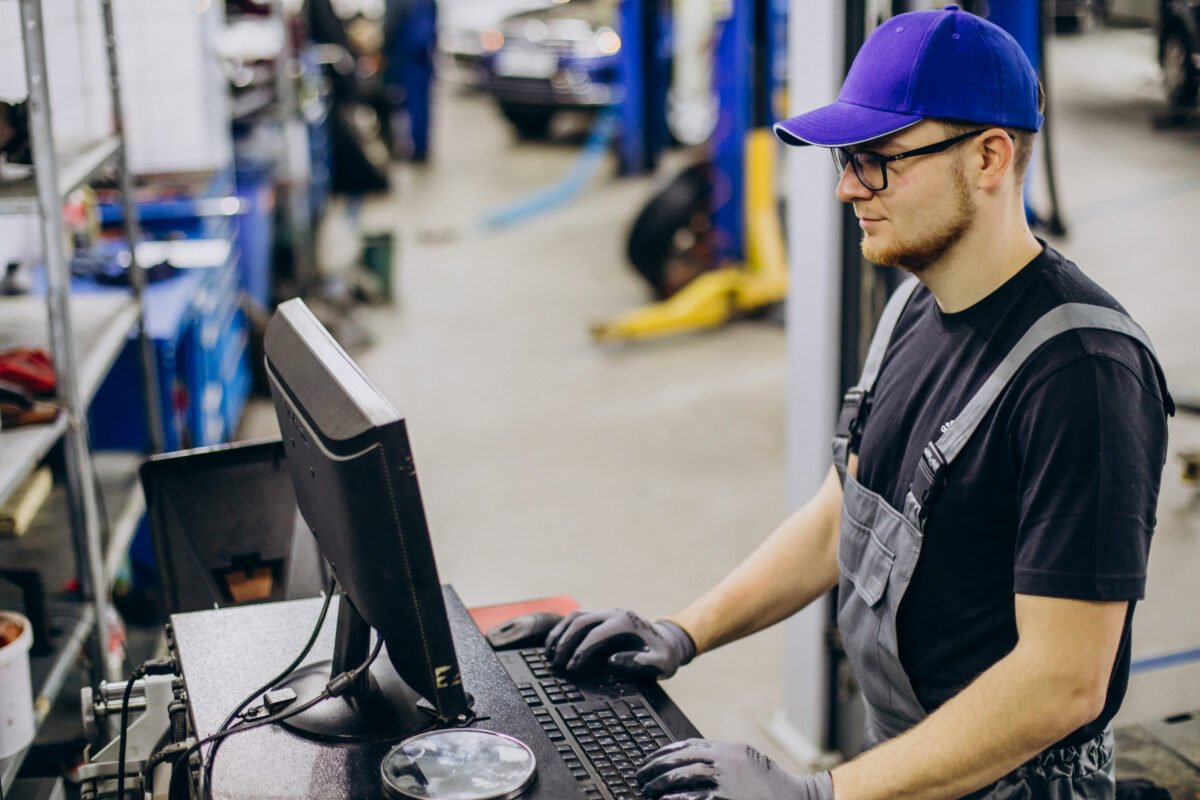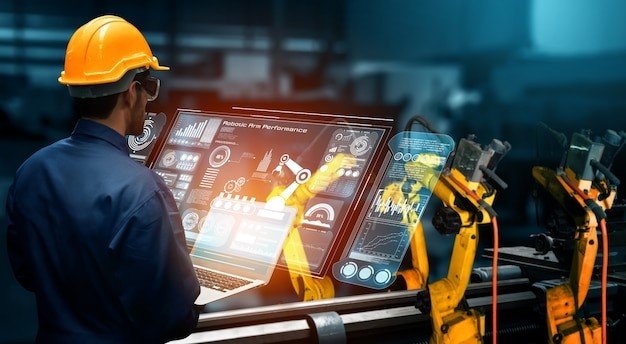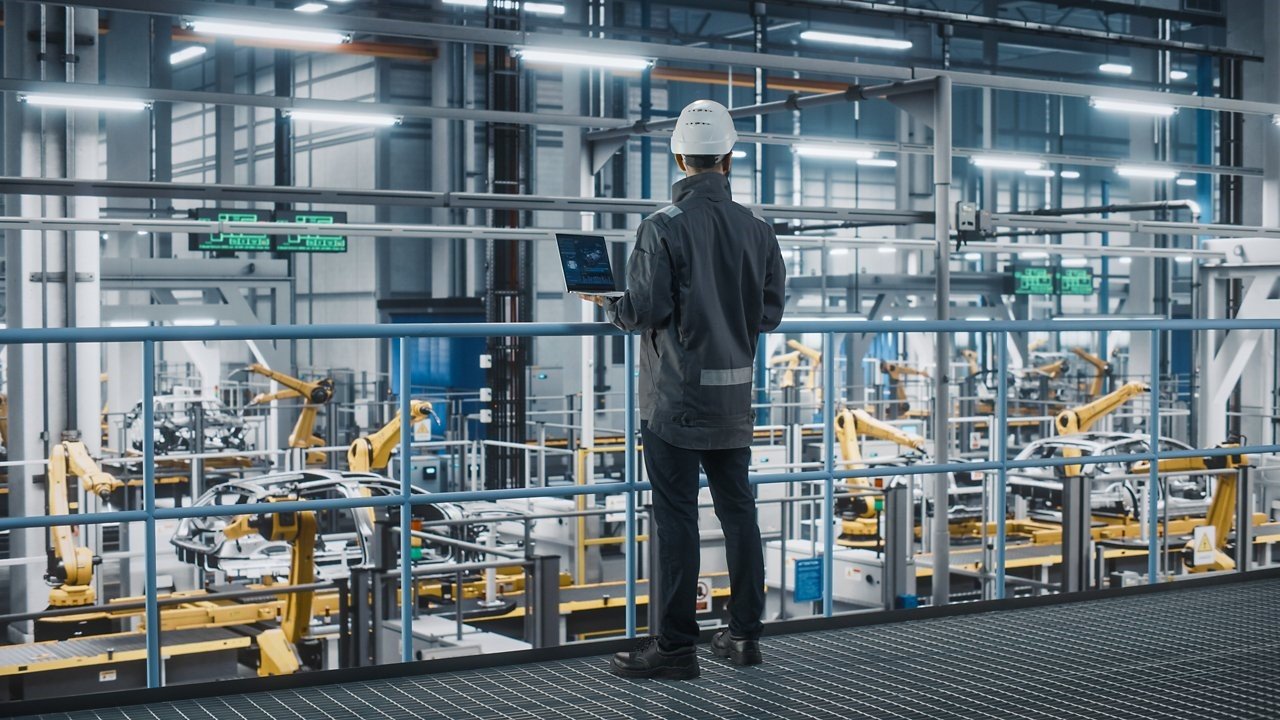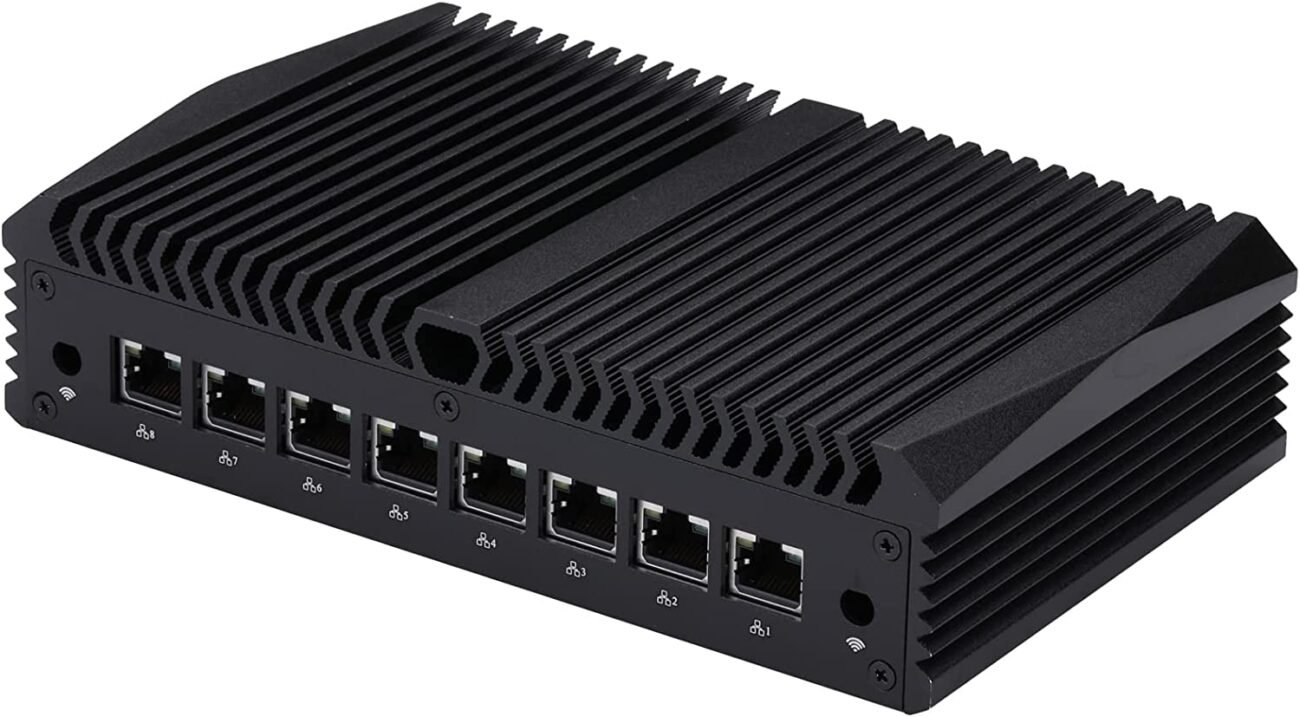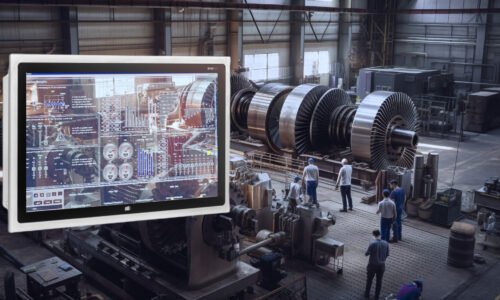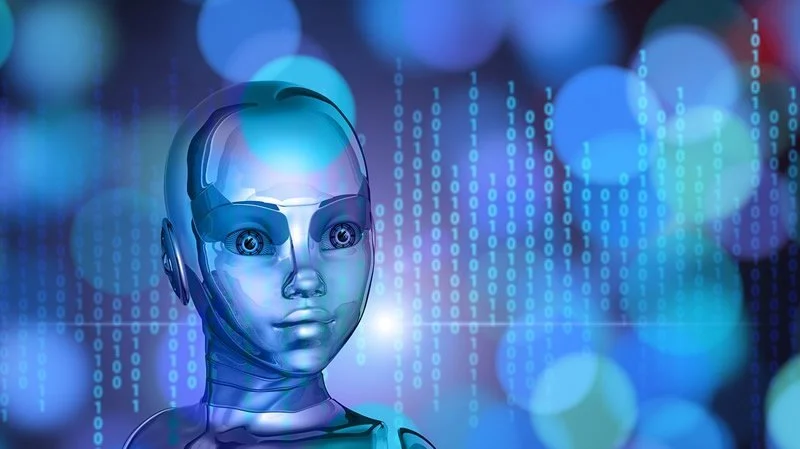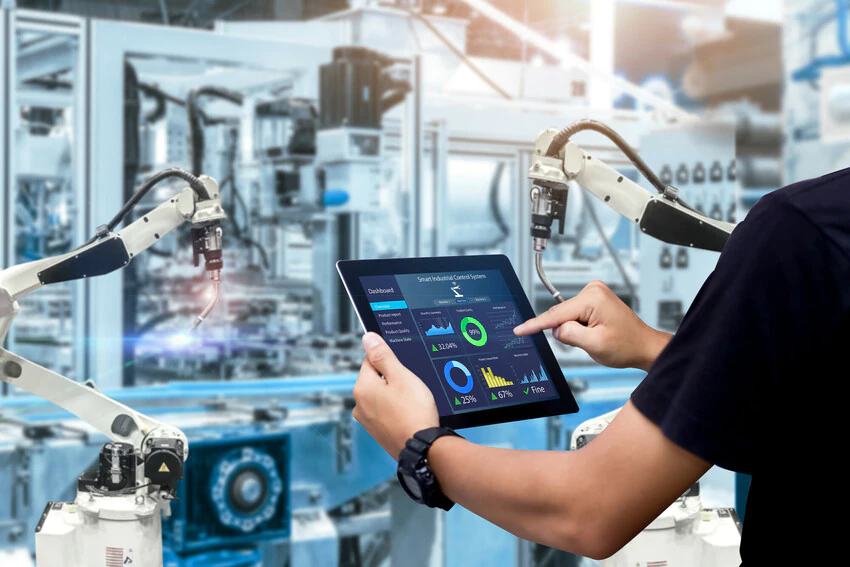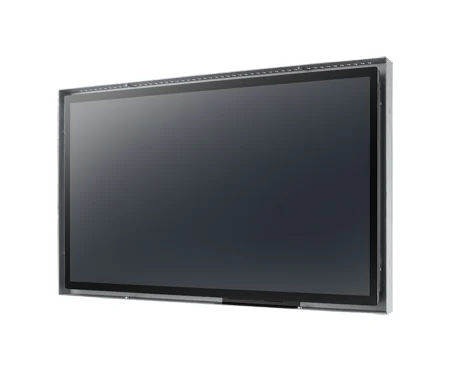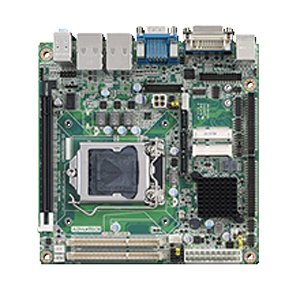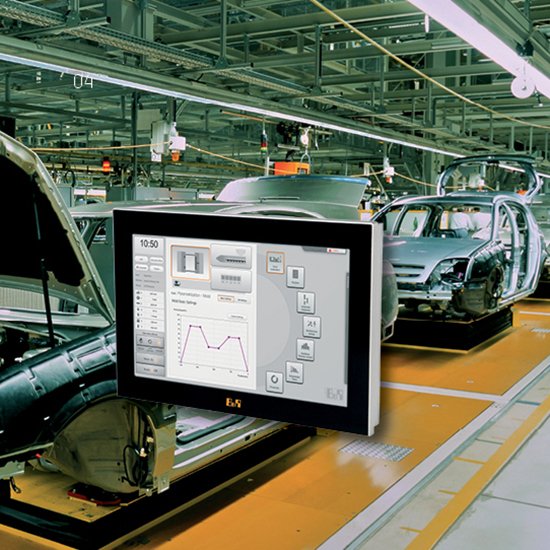In today’s rapidly advancing technological landscape, the integration of the Internet of Things (IoT) has brought about transformative changes across industries. One such sector that has greatly benefited from IoT integration is the realm of industrial display boards. These boards serve as vital interfaces, relaying crucial information to operators, technicians, and managers in various industrial settings. This article delves into the myriad ways IoT integration has revolutionized industrial display boards, enhancing efficiency, safety, and overall operations.
Introduction
Industrial display boards have traditionally played a pivotal role in conveying information in manufacturing plants, energy facilities, transportation hubs, and more. These boards have evolved from simple static displays to dynamic interfaces that facilitate decision-making in real time. With the advent of IoT, these display boards have received a significant upgrade in terms of functionality, versatility, and accessibility.
The Evolution of Industrial Display Boards
Gone are the days of manual data updates on display boards. Early versions required constant human intervention to display the latest information, making them susceptible to errors and delays. However, modern industrial display boards are equipped with IoT sensors and devices that collect and transmit data automatically. This evolution has transformed these boards into interactive platforms that respond to changing conditions in real time.
Understanding IoT Integration
IoT integration involves the incorporation of sensors, actuators, and communication technologies into industrial display boards. These components enable the boards to gather data from various sources, including machinery, environmental sensors, and production processes. The collected data is then processed and presented in a visual format on the display boards, providing valuable insights to operators and decision-makers.
Benefits of IoT Integration in Industrial Display Boards
Improved Real-time Monitoring
IoT-enabled industrial display boards offer real-time monitoring of critical parameters such as temperature, pressure, and production metrics. This instantaneous access to data empowers operators to detect anomalies promptly and take corrective actions, reducing downtime and enhancing productivity.
Enhanced Data Visualization
With IoT integration, complex data sets are transformed into easy-to-understand visualizations. Interactive charts, graphs, and diagrams provide a comprehensive overview of operations, enabling better-informed decisions at all levels of the organization.
Predictive Maintenance
One of the standout advantages of IoT-integrated display boards is the ability to predict equipment maintenance needs. By continuously monitoring machinery performance, the boards can identify patterns indicative of potential failures, allowing for proactive maintenance and preventing costly breakdowns.
Remote Accessibility and Control
IoT integration extends the reach of industrial display boards beyond the physical location. Managers and operators can access board data remotely through connected devices, enabling them to monitor operations and make informed decisions even when off-site.
Challenges and Considerations
Despite the numerous benefits, IoT integration in industrial display boards presents some challenges that need to be addressed:
Data Security and Privacy
The increased connectivity also raises concerns about data security and privacy. Ensuring the protection of sensitive information transmitted between devices and boards is of paramount importance.
Integration Complexity
Integrating IoT technology requires careful planning and coordination among various components. Compatibility issues and technical complexities can arise during implementation.
Scalability
As operations expand, the scalability of IoT-integrated systems becomes crucial. Ensuring that the infrastructure can support the increasing volume of data and devices is a significant consideration.
Successful Case Studies
Automotive Manufacturing
IoT-integrated display boards have revolutionized automotive manufacturing by providing real-time insights into production lines. Manufacturers can monitor assembly processes, identify bottlenecks, and optimize workflows for greater efficiency.
Energy Management
In the energy sector, IoT-integrated display boards play a pivotal role in monitoring and controlling power generation and distribution. These boards facilitate the seamless management of energy resources and contribute to grid stability.
Future Outlook
The integration of IoT in industrial display boards is poised for continued growth. As technology advances and becomes more accessible, the capabilities of these boards will expand, further revolutionizing industrial operations.
Conclusion
The marriage of IoT technology and industrial display boards has ushered in a new era of efficiency, visibility, and control. From real-time monitoring to predictive maintenance, these boards have become indispensable tools in modern industrial settings, enhancing productivity and facilitating smarter decision-making.
FAQs
1. What exactly is IoT integration in industrial display boards?
IoT integration in industrial display boards involves incorporating sensors and communication technology to collect and display real-time data from various industrial processes and machinery.
2. How does IoT-powered predictive maintenance work?
IoT-powered predictive maintenance uses data collected from sensors to analyze equipment performance and detect patterns that indicate potential failures. This enables proactive maintenance to prevent breakdowns.
3. What industries can benefit the most from IoT-integrated display boards?
Industries such as manufacturing, energy, transportation, and logistics can benefit significantly from IoT-integrated display boards due to their ability to enhance operations and decision-making.
4. Are there any potential drawbacks to implementing IoT in display boards?
While IoT integration offers numerous benefits, challenges like data security, integration complexity, and scalability must be carefully addressed to avoid potential drawbacks.
5. How can companies ensure the security of sensitive data transmitted through IoT-connected boards? Companies can ensure data security by implementing robust encryption, authentication protocols, and regular security updates to protect sensitive information transmitted between devices and display boards.


